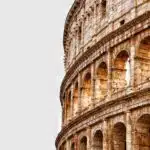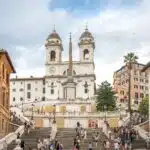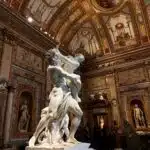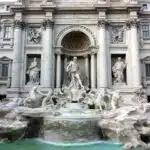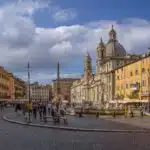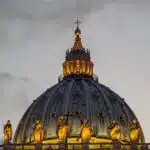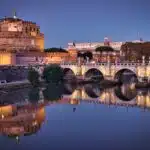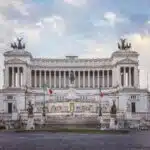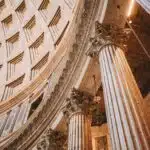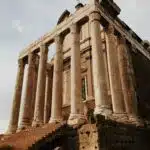The Vatican Museums, located within Vatican City, are a vast collection of art and historical artifacts amassed by the Catholic Church over centuries. Founded by Pope Julius II in the early 16th century, the museums house one of the world’s most impressive art collections, including masterpieces from the Renaissance and beyond. The museums encompass a series of galleries, chapels, and rooms that showcase an array of artistic and historical treasures.
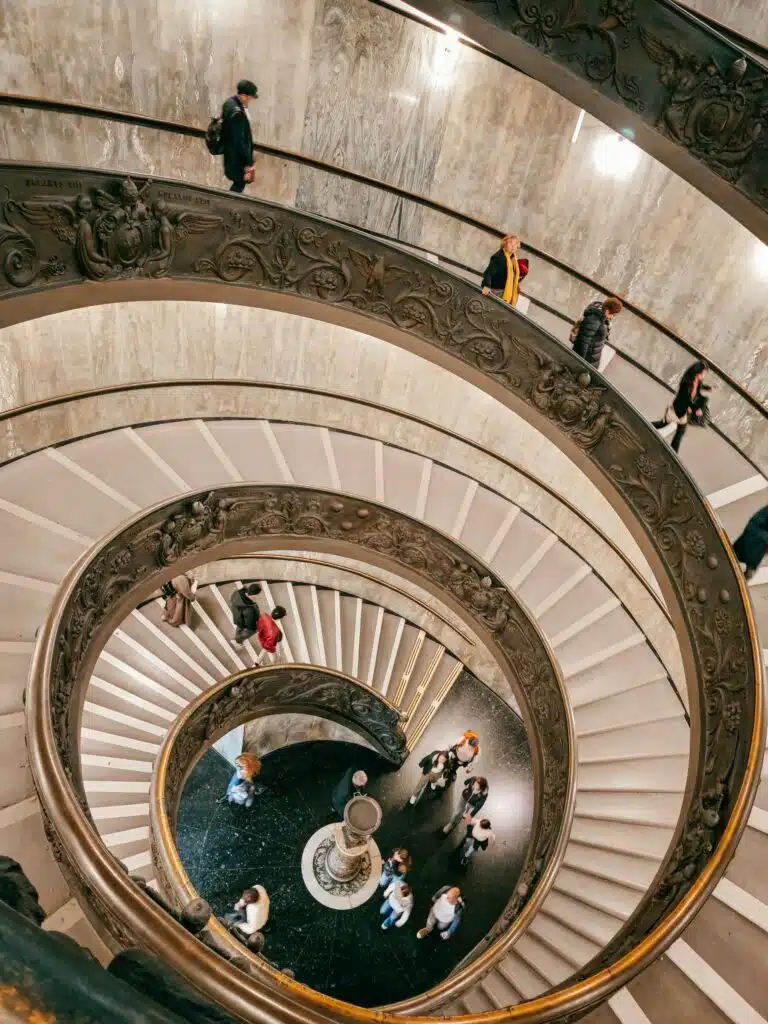
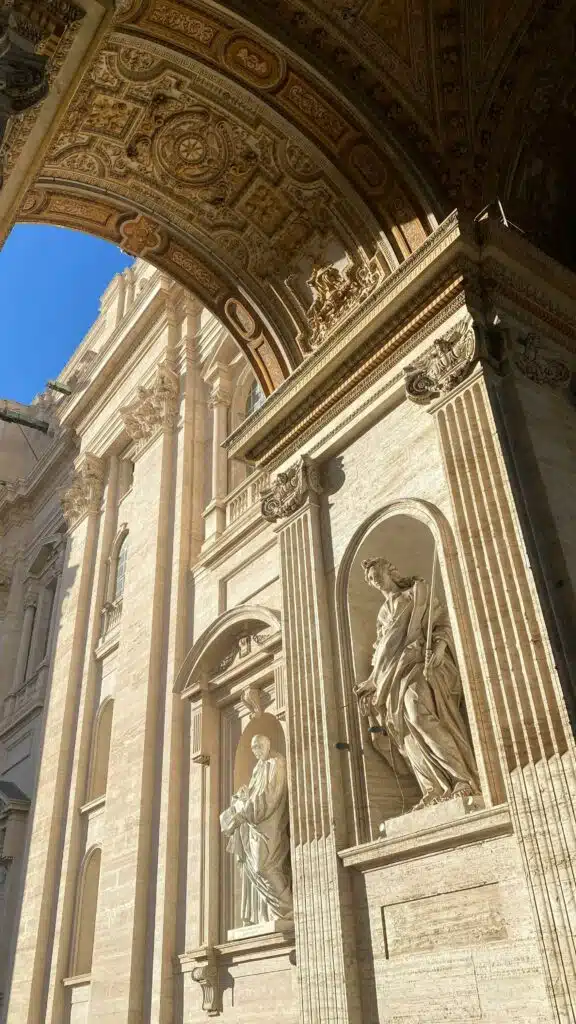
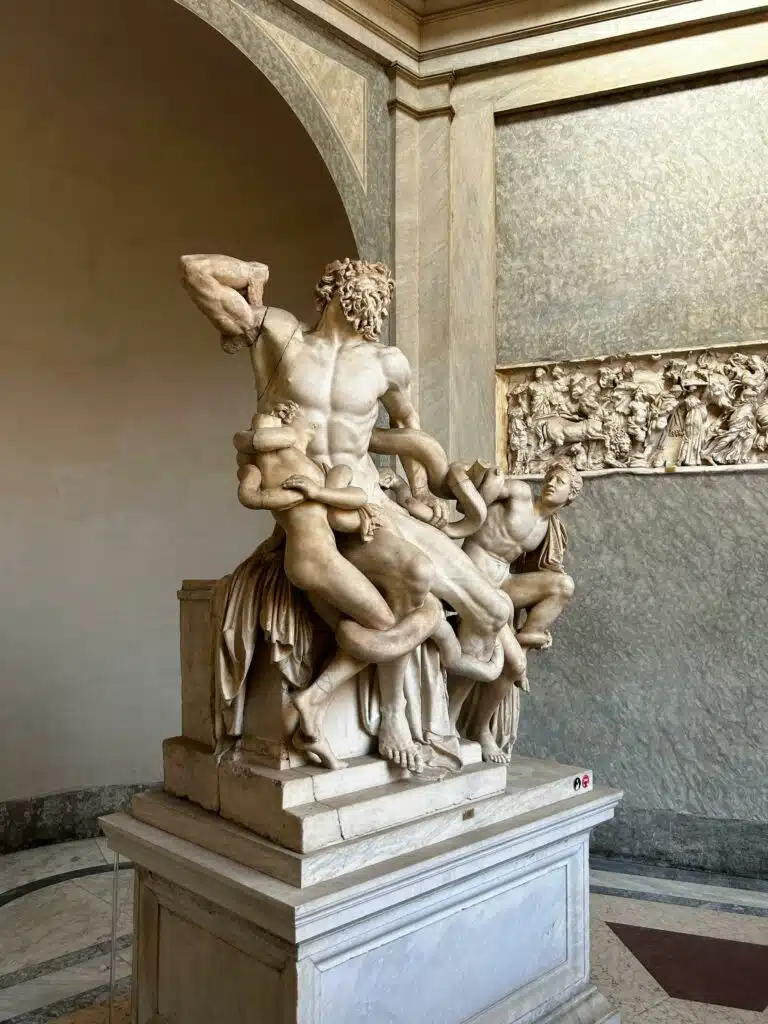
What to Visit in the Vatican Museums
- Sistine Chapel:
- Michelangelo’s Frescoes: The ceiling, painted by Michelangelo between 1508 and 1512, features iconic scenes such as “The Creation of Adam.” The altar wall displays “The Last Judgment,” a monumental fresco completed later by Michelangelo.
- Chapel: The Sistine Chapel is used for significant religious ceremonies, including the papal conclave where a new pope is elected.
- Raphael Rooms:
- Frescoes by Raphael: These rooms, including the “Stanza della Segnatura” and the “Stanza di Eliodoro,” are decorated with Raphael’s renowned frescoes. Highlights include “The School of Athens,” featuring famous philosophers.
- Gallery of Maps:
- Historical Maps of Italy: This long gallery features detailed maps of Italy from the 16th century, painted by Ignazio Danti. The maps are both artistic and geographical treasures.
- Borgia Apartments:
- Decorative Rooms: Once the residence of Pope Alexander VI, these rooms are adorned with frescoes by Pinturicchio and his workshop.
- Papal Collection of Art:
- Ancient Statues: The museums house an extensive collection of classical sculptures, including the Laocoön and His Sons and the Apollo Belvedere.
- Ethnological Museum:
- Global Artifacts: This museum features a diverse collection of cultural artifacts from various parts of the world, showcasing the breadth of the Vatican’s historical interests.
- Pinacoteca (Picture Gallery):
- Renaissance and Baroque Art: The gallery houses works by artists such as Leonardo da Vinci, Caravaggio, and Raphael. Notable pieces include “The Deposition” by Raphael and “The Crucifixion of St. Peter” by Caravaggio.
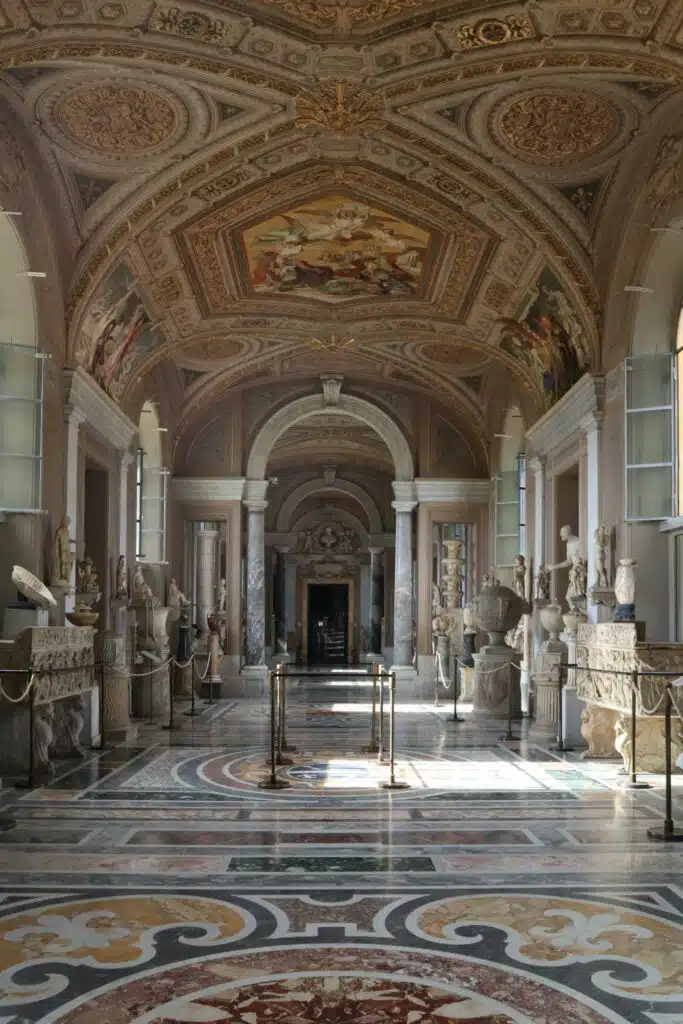
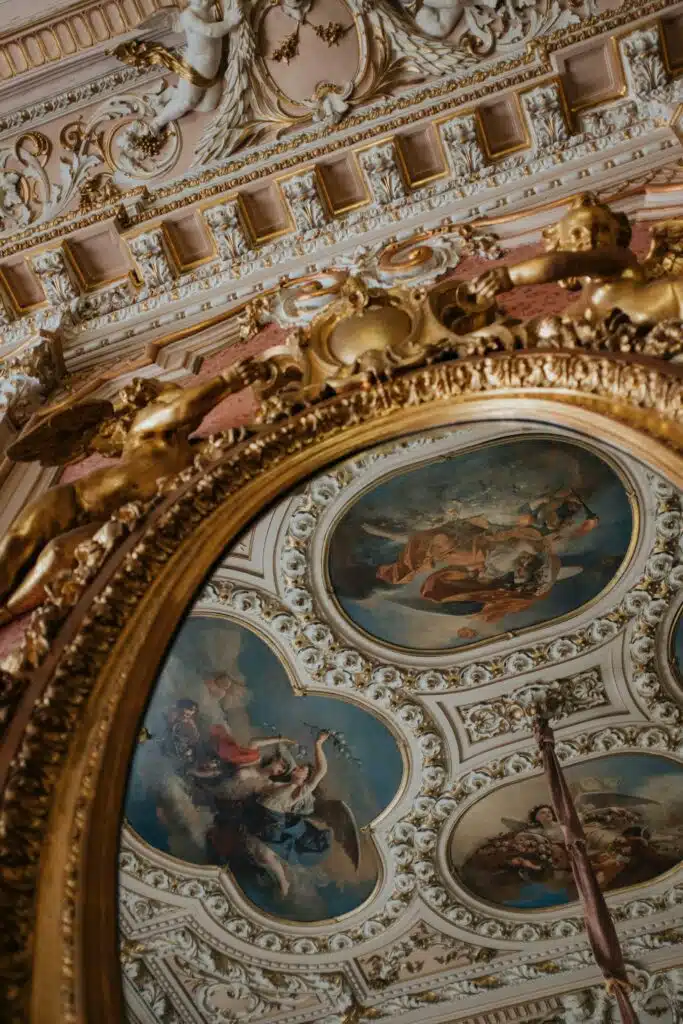
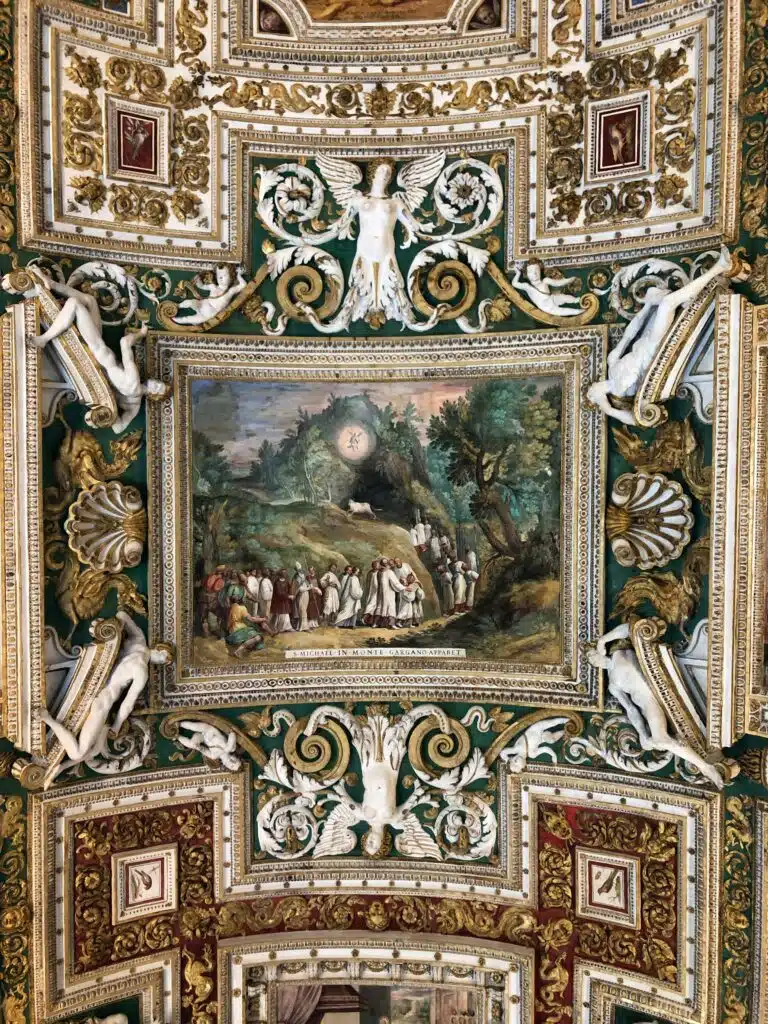
Visitor Tips for the Vatican Museums
- Buy Tickets in Advance: To avoid long lines, purchase tickets online ahead of your visit. Booking a specific time slot can help manage your visit more smoothly.
- Guided Tours: Consider a guided tour to gain deeper insights into the history and significance of the artworks and artifacts.
- Dress Code: There is a modesty requirement; shoulders and knees should be covered. This applies to both men and women.
- Time Your Visit: The museums are busiest in the late morning and early afternoon. Early morning or late afternoon visits can be more pleasant.
- Audio Guides: Available for rent, audio guides can provide valuable context and detailed information about the exhibits.
- Respect the Space: Maintain a respectful demeanor and follow the museum’s rules regarding photography and behavior.
- Check for Closures: Some parts of the museums or certain exhibitions may be closed for maintenance or special events, so verify in advance if there are specific interests.
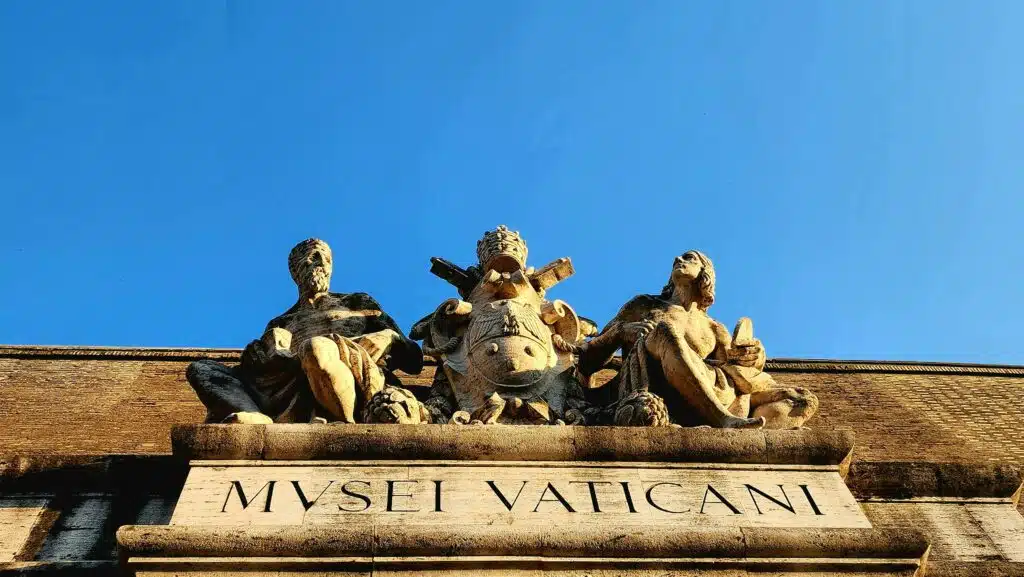
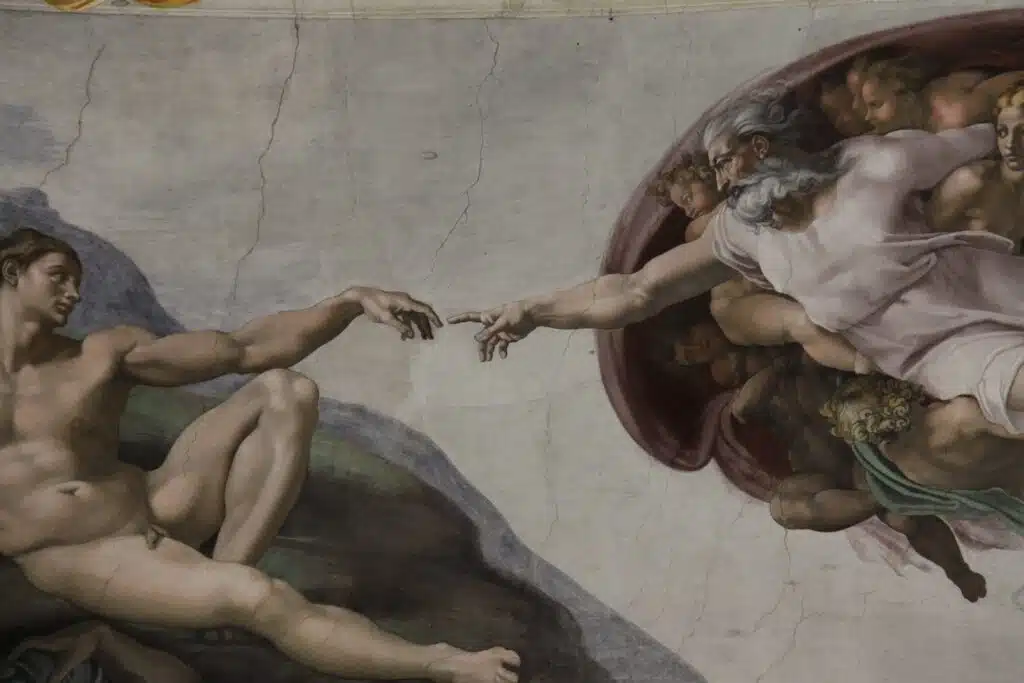
Interesting Fact
- Artistic Legacy: The Vatican Museums have been collecting art for over 500 years and are home to some of the most significant artistic and cultural treasures in the world.
Exploring the Vatican Museums provides a profound experience of art, history, and religion, offering insight into the vast and influential collection curated by the Catholic Church.

